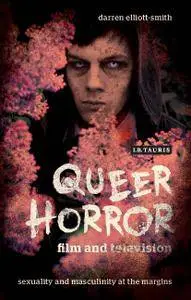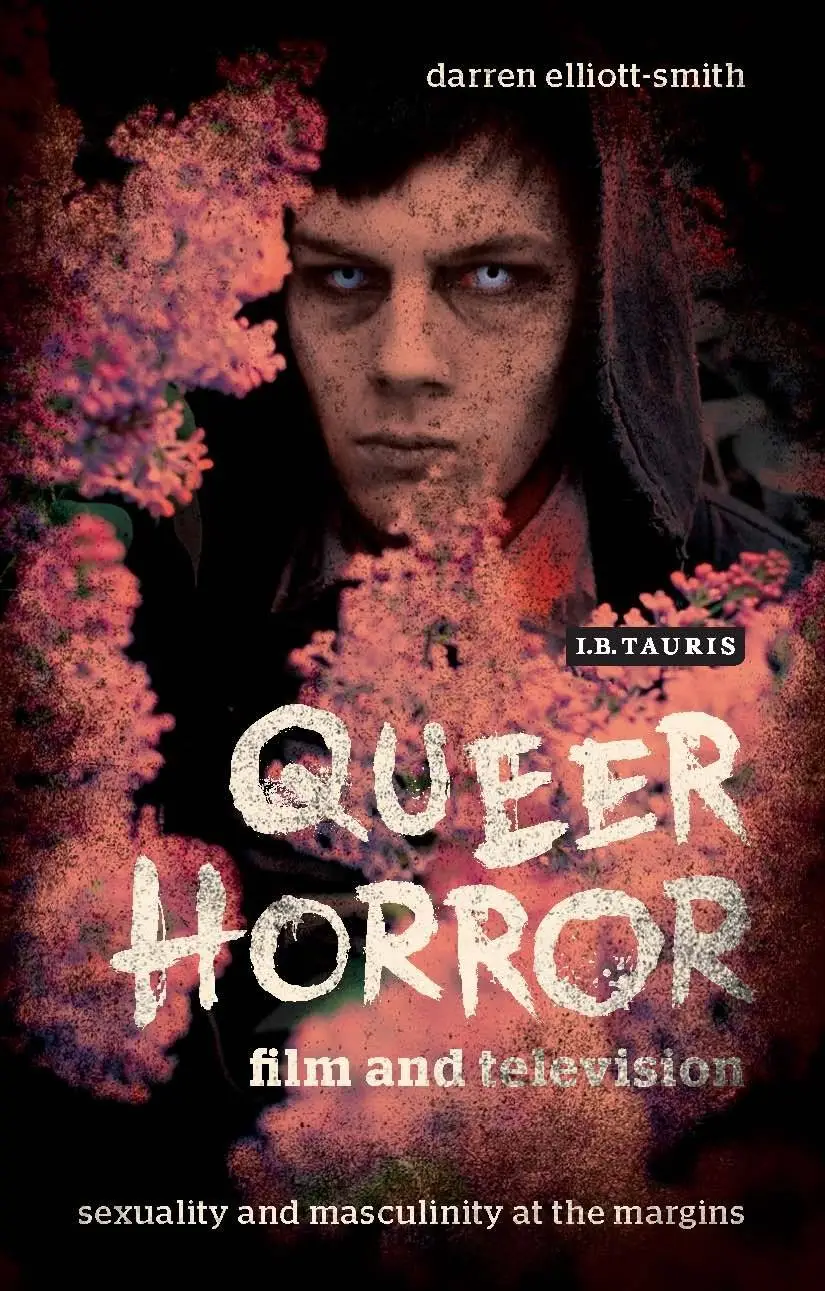Darren Elliott-Smith, "Queer Horror Film and Television (Library of Gender and Popular Culture)"
English | ISBN: 1784536865 | 2016 | EPUB | 224 pages | 3 MB
English | ISBN: 1784536865 | 2016 | EPUB | 224 pages | 3 MB
In recent years, the representation of alternative sexuality in the horror film and television has 'outed' itself from the shadows from which it once lurked via the embrace of an outrageously queer horror aesthetic where homosexuality is often unequivocally referenced. In this book, Darren Elliott-Smith departs from the analysis of the monster as a symbol of heterosexual anxiety and fear, and moves to focus instead on queer fears and anxieties within gay male subcultures. Furthermore, he examines the works of significant queer horror film and television producers and directors to reveal gay men's anxieties about: acceptance and assimilation into Western culture, the perpetuation of self-loathing and gay shame, and further anxieties surrounding associations shameful femininity.
This book focuses mainly on representations of masculinity and gay male spectatorship in queer horror film and television post-2000. In titling this sub-genre 'queer horror', Elliott-Smith designates horror that is crafted by male directors/producers who self-identify as gay, bi, queer or transgendered and whose work features homoerotic, or explicitly homosexual, narratives with 'out' gay characters.
In terms of case studies, this book considers a variety of genres and forms from: video art horror; independently distributed exploitation films (A Far Cry from Home, Rowe Kelly, 2012); queer Gothic soap operas (Dante's Cove (2005-7)); satirical horror comedies (such as The Gay Bed and Breakfast of Terror (Thompson, 2008); low-budget slashers (Hellbent, Etheredge-Outzs, 2007)); and contemporary representations of gay zombies in film and television from the pornographic LA Zombie (Bruce LaBruce, 2010)) to the melodramatic In the Flesh (BBC Three 2013-15). Moving from the margins to the mainstream, via the application of psychoanalytic theory, critical and cultural interpretation, interviews with key directors and close readings of classic, cult and modern horror, this book will be invaluable to students and researchers of gender and sexuality in horror film and television.



